The European Union has made an important move with the European Accessibility Act (EAA). This law affects several areas, such as banking services, e-commerce, and transportation. The main goal of the EAA is to make the online space easier for people with disabilities to use. It does this by creating a single set of accessibility standards for products and services that are available in the EU market.
Key Highlights
- The European Accessibility Act (EAA) aims to create one set of accessibility rules for all products and services in the European Union.
- The EAA includes both private and public sector groups that create or sell these products and services in the EU. This also covers companies outside the EU.
- Organizations must follow these rules by June 28, 2025. They have to meet accessibility standards, provide accessibility statements, and check their progress regularly.
- If they do not comply with the EAA, they could face serious problems. This may include large fines, removal of their products from the market, and legal action.
- Key products and services covered by the EAA include e-commerce, banking, computers, smartphones, ticketing machines, and electronic books.
Understanding the Scope of the European Accessibility Act (EAA)
The European Accessibility Act (EAA) creates rules to make many products and services easier for everyone to use. This includes banking services, digital products, and public transport services. The EAA requires certain technical rules, like those in the Web Content Accessibility Guidelines, to be followed. Every member state in the European Union needs to make sure they follow the EAA. The Act also recognizes that some groups might struggle with certain rules. The main goal of the Act is to strengthen the rights of persons with disabilities and to make different areas easier to access for all.
Key Objectives and Timeline for Implementation
- Encourage inclusion: Make it easier for people with disabilities and older adults to use products and services.
- Make accessibility requirements equal for all EU member countries.
- Set the same accessibility standards throughout the EU.
- Improve new ideas.
- Help businesses to come up with fresh concepts.
- Offer simple solutions.
- Create chances in the accessibility market.
- Reduce Fragmentation: Make national accessibility laws uniform. This helps businesses to follow the rules more easily when operating in different countries.
The EAA was accepted in June 2019. EU countries had to update their national laws by June 28, 2022. Now, businesses and service providers must meet the new accessibility requirements by June 28, 2025. This gives organizations extra time to improve their products and services.
Who Is Affected? Identifying Entities Under the EAA Umbrella
The European Accessibility Act (EAA) impacts several groups in the EU. It is vital for makers and service providers who sell products or services in the EU market. This includes both physical goods and online services.
Each EU country must turn the EAA into its own laws. This act makes sure that everyone follows the rules in all countries. It is also important to know that the EAA covers companies that are not inside the EU.
Businesses outside the EU must follow these rules if they want to sell in Europe. This ensures that people with disabilities can access the goods and services they need. It does not matter where the business is based.
Deciphering Compliance: What the European Accessibility Act (EAA) Means for Your Business
The European Accessibility Act (EAA) is important for all businesses in the EU. Every business must follow its rules. It is crucial for them to understand what the EAA requires and the possible consequences of ignoring it. This understanding helps them adjust to the new regulations effectively.
The EAA will greatly affect businesses that make, develop, and sell digital products and services. Because the EAA covers many areas, companies should check how they work now. They may need to change their processes and take steps to be more accessible. This will help them reduce risks and make sure they are following the law.
Essential Requirements for Products and Services
The requirements of the EAA address several important areas. They aim to make digital products and services user-friendly for people with disabilities. A main point is to think about accessibility when creating these products. Businesses need to follow accessibility standards, like the Web Content Accessibility Guidelines (WCAG), especially the AA level.
National laws that support the EAA could create more rules. This might help make customer service easier to access. It may also require places like bank branches or stores to follow accessibility standards.
The EAA wants to be open and help users feel confident. Businesses must offer clear details about how easy it is to use their products and services. They need to create accessibility statements that explain how they meet the EAA’s rules. This helps users make good choices and find crucial information easily.
Digital Services and E-Commerce: Adapting to New Standards
The EAA affects digital services and e-commerce a lot. To follow EAA rules, businesses must create a complete plan. This plan should not only focus on technology. It must also cover user experience and accessibility on all digital platforms.
Public sector websites and digital services already had rules for accessibility based on the Web Accessibility Directive. The EAA makes these rules stricter. Now, it also includes private sector companies that provide similar digital services. This change ensures that all users have a fair and inclusive experience.
Businesses in the digital sector should pay attention to these important areas for EAA compliance:
Products:
- Computers and their operating systems
- ATMs, ticket machines, and check-in kiosks
- Smartphones
- E-readers
Services:
- Websites for shopping
- Services for banking
- Phone and internet plans
- Public transport options (like ticket buying and real-time travel alerts)
- Media services such as videos and radio
Related Blogs
Practical Steps Towards Achieving European Accessibility Act (EAA) Compliance
For businesses that follow the European Accessibility Act (EAA), it’s important to take action to meet the rules. This can reduce legal risks and boost inclusiveness. It can also open up new market opportunities. A strong focus on accessibility is essential for success.
The first step is to look at all current websites, mobile applications, and other digital products. This review will help businesses find accessibility issues. It will also make it easier to fix them. Hiring experts in accessibility and using testing tools can help meet the standards.
Conducting Accessibility Audits: A Starting Point
Conducting detailed accessibility audits is a key first step for organizations to follow the European Accessibility Act (EAA). These audits look at websites, mobile applications, and other digital products. They check if these items meet standards, like the WCAG for accessibility.
The Web Accessibility Directive was created before the EAA. It highlighted how important it is for the public sector to have accessible websites. The EAA builds on this idea. It extends these principles to more digital products and services. Now, accessibility audits are crucial for all businesses affected by this law.
A thorough accessibility audit checks several key points. It sees how easy it is to use the keyboard. It looks at the color contrast, and whether images have alternative text. The audit also reviews how headings and ARIA attributes are set up. It should test how well digital products work with various assistive technologies, like screen readers for people with visual impairments. Finally, it must make sure that any needed accessibility features are available.
Implementing Remedial Actions for Identified Gaps
After the accessibility audit is done, the next important step is to make a clear plan. This plan will help fix the gaps found during the audit. The fixing part is very important for private sector and public organizations. It allows them to meet EAA compliance.
For mobile applications, this means making changes to the design of the user interface. This is helpful for users who have trouble moving around. It may also include adding text to describe images.
For websites, this could mean changing color contrasts to meet WCAG standards. It is important to make sure that every function works with just a keyboard. Adding captions and text for videos is key, too. Just remember, making things accessible is an ongoing task. It is not something you do only once.
- Regular testing and maintenance are very important.
- This ensures that all new content and features work well for everyone.
- If any new issues arise, they should be fixed immediately.
The Legal Landscape: Penalties and Enforcement of the EAA
The European Accessibility Act (EAA) provides clear rules to protect the rights of people with disabilities. It outlines how to make sure these rules are followed. There are also penalties for anyone who does not follow them.
The punishments for not following these rules can vary in each member state. They may include large fines, legal problems, and harm to your reputation. Usually, the national authorities in charge of consumer protection and accessibility will ensure that the EAA is followed.
Understanding the Consequences of Non-Compliance
Not following the EAA’s rules can create serious legal and money problems for businesses. They might have to pay large fines. The amount of the fine depends on how severe the violation is and how long it lasts. For instance, if a website does not provide alternative text for images or does not have a good font size for easy reading, it can lead to penalties.
Businesses that don’t follow the rules might have to pay fines. They could also face lawsuits from people or advocacy groups. This can cause extra financial stress because of legal fees and settlement payments. Moreover, not fixing accessibility issues can damage a business’s brand image. It can also reduce trust from customers.
In today’s digital world, a good user experience is very important. If digital experiences are hard to access, many people will feel left out.
Case Studies: Lessons Learned from EAA Audits
As the EAA starts to function, we will see real case studies and examples of enforcement actions. These examples will help us understand what the law means in real life. For instance, there is a made-up e-commerce company that has an annual turnover higher than the EAA’s limit.
During an audit by national authorities, many accessibility issues were found. The website lacked alternative text for product images. The checkout process was tough for users with motor impairments because it needed hard mouse movements. The company also did not have a good accessibility statement. This statement should show how its services follow the EAA’s rules.
| Issue Identified | EAA Requirement | Potential Consequence |
|---|---|---|
| Lack of alternative text for images | Perceivable information and user interface | Fine for inaccessible content, barrier to sales |
| Inaccessible checkout process | Operable user interface and controls | Legal action, loss of customers |
| Missing accessibility statement | Accessible customer service and documentation | Reputational damage, reduced user trust |
This situation shows that managing EAA compliance takes several steps. First, we need to conduct accessibility audits. We should also address issues before they arise. Good communication with users about accessibility is important as well.
Benefits of the European Accessibility Act
- Better Life for Everyone: The EAA aims to create a society where all people, especially those with disabilities, can take part. They work on removing barriers.
- Business Growth Made Easy: Common accessibility standards support businesses to expand in different EU countries.
- Encouraging Innovation: This rule motivates companies to put money into technologies that are easy to use. This leads to new ideas in design and technology.
Conclusion
In conclusion, it is important for businesses to understand the European Accessibility Act (EAA). This knowledge helps them follow the rules and support a more inclusive society. Businesses need to adjust their products and services to meet accessibility standards. They should set goals and meet deadlines. Doing audits and making necessary changes is crucial to comply with the EAA. If they do not follow these rules, they could face large fines. This illustrates how essential it is to adhere to the regulations. Checking case studies can provide useful advice for EAA audits. Stay updated and make an effort to understand the laws better and improve accessibility for all. If you have questions about the EAA, check our FAQ section for more details.

Stay ahead of the curve—ensure your products and services meet the European Accessibility Act requirements by 2025!
Explore ServicesFrequently Asked Questions
-
How Does the European Accessibility Act Differ from the ADA?
The ADA started in the early 2000s and is for the US. The EAA serves EU member states. The scope of the EAA is wider and covers many products and services. Enforcement depends on the national authorities and laws in each EU member state.
-
Who needs to comply with the European Accessibility Act and the Web Accessibility Directive?
All organizations — both public and private — are required to comply with the EAA and Web Accessibility Directive. Only micro-enterprises with fewer than 10 employees are exempt from compliance. However, it is recommended micro-enterprises comply with both legislations.
-
How does the EAA relate to the Web Accessibility Directive?
The Web Accessibility Directive applies to both website and public sector bodies. The EAA applies to the private sector and covers a broader range of products and services than the Directive.




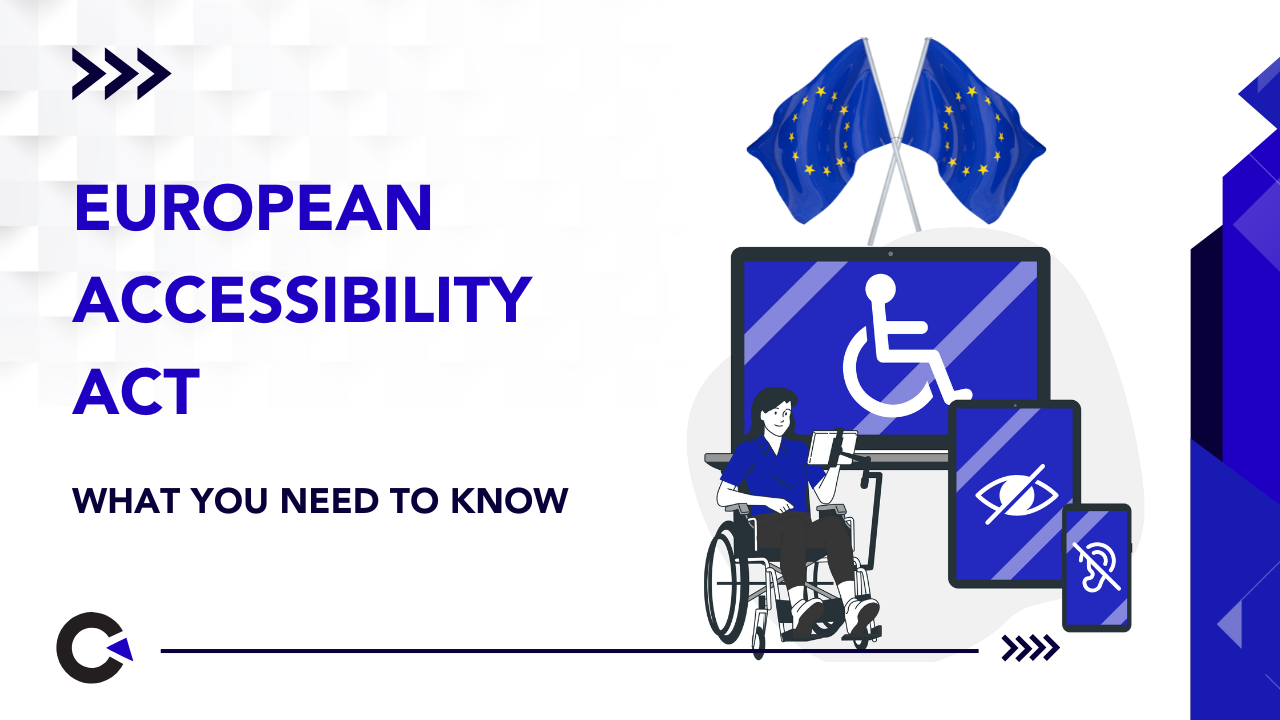



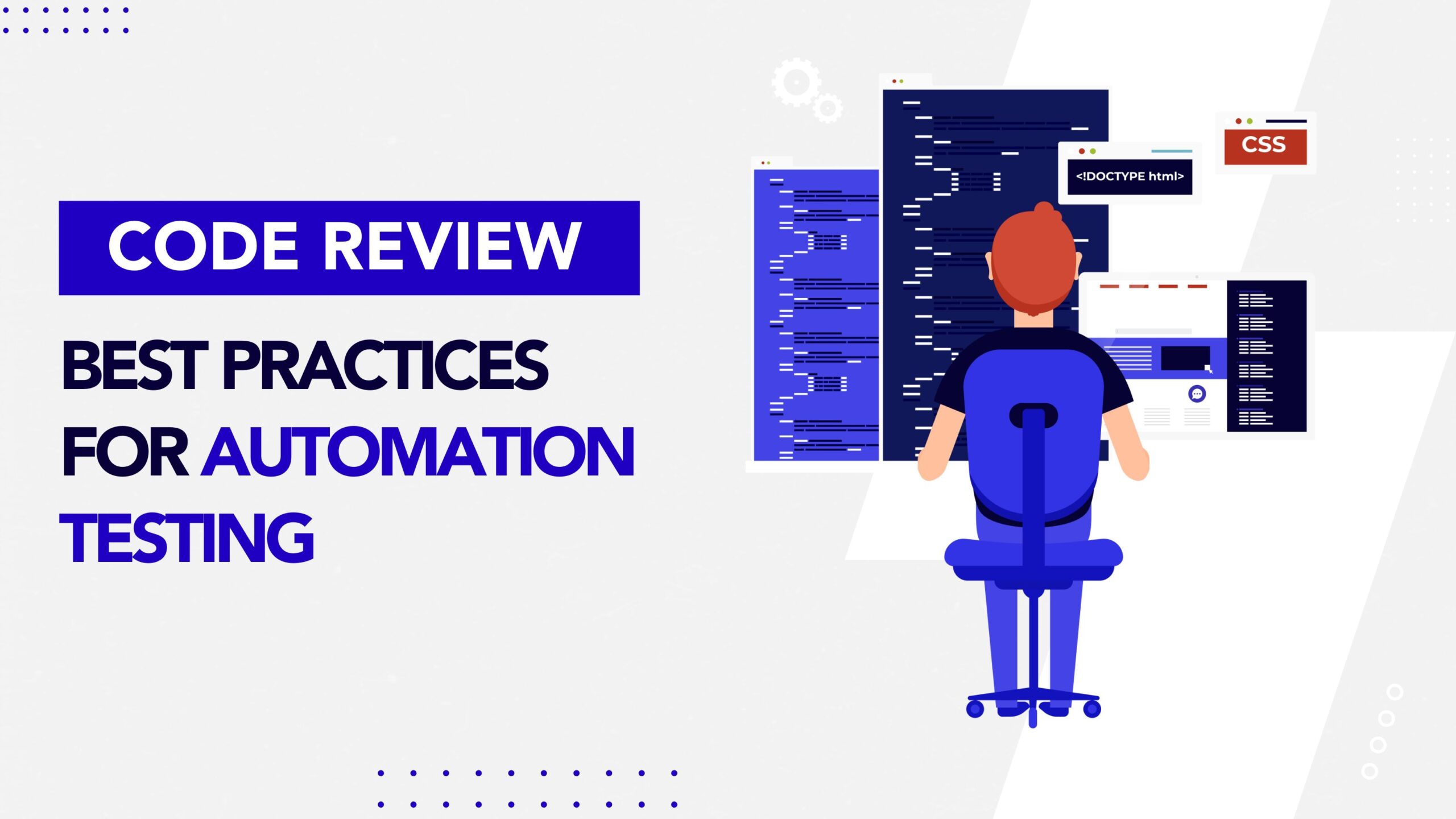


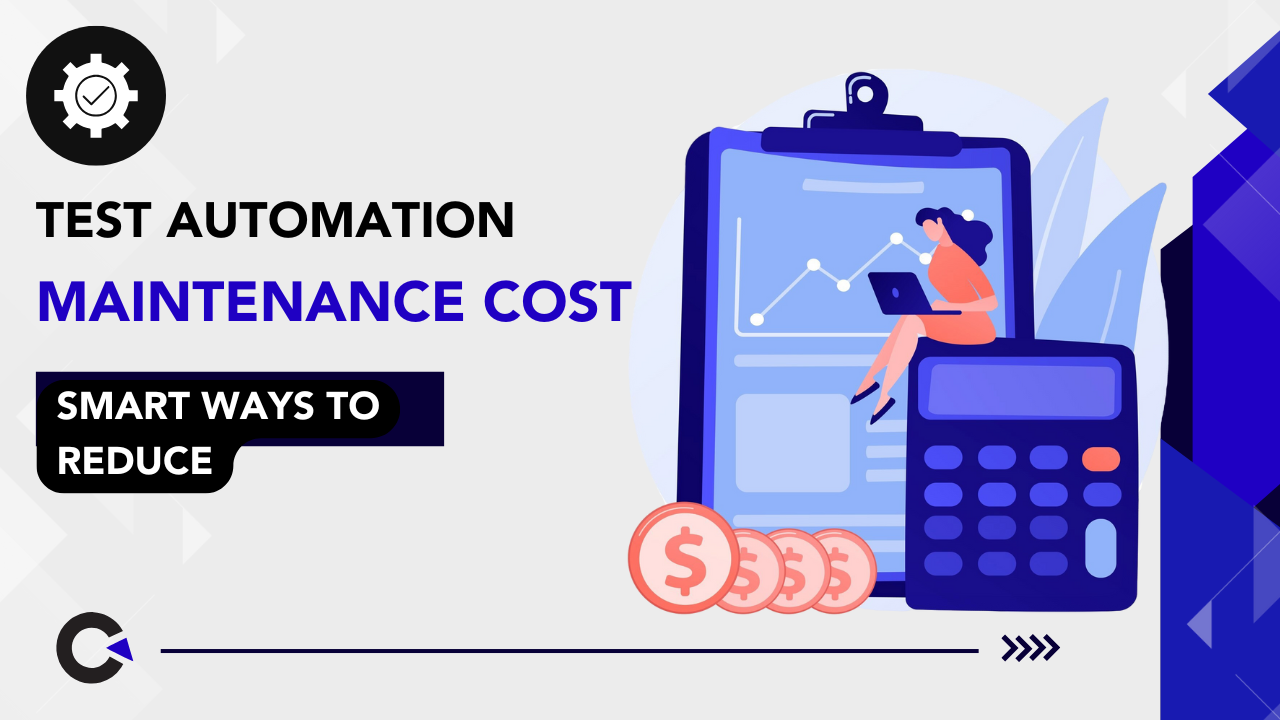


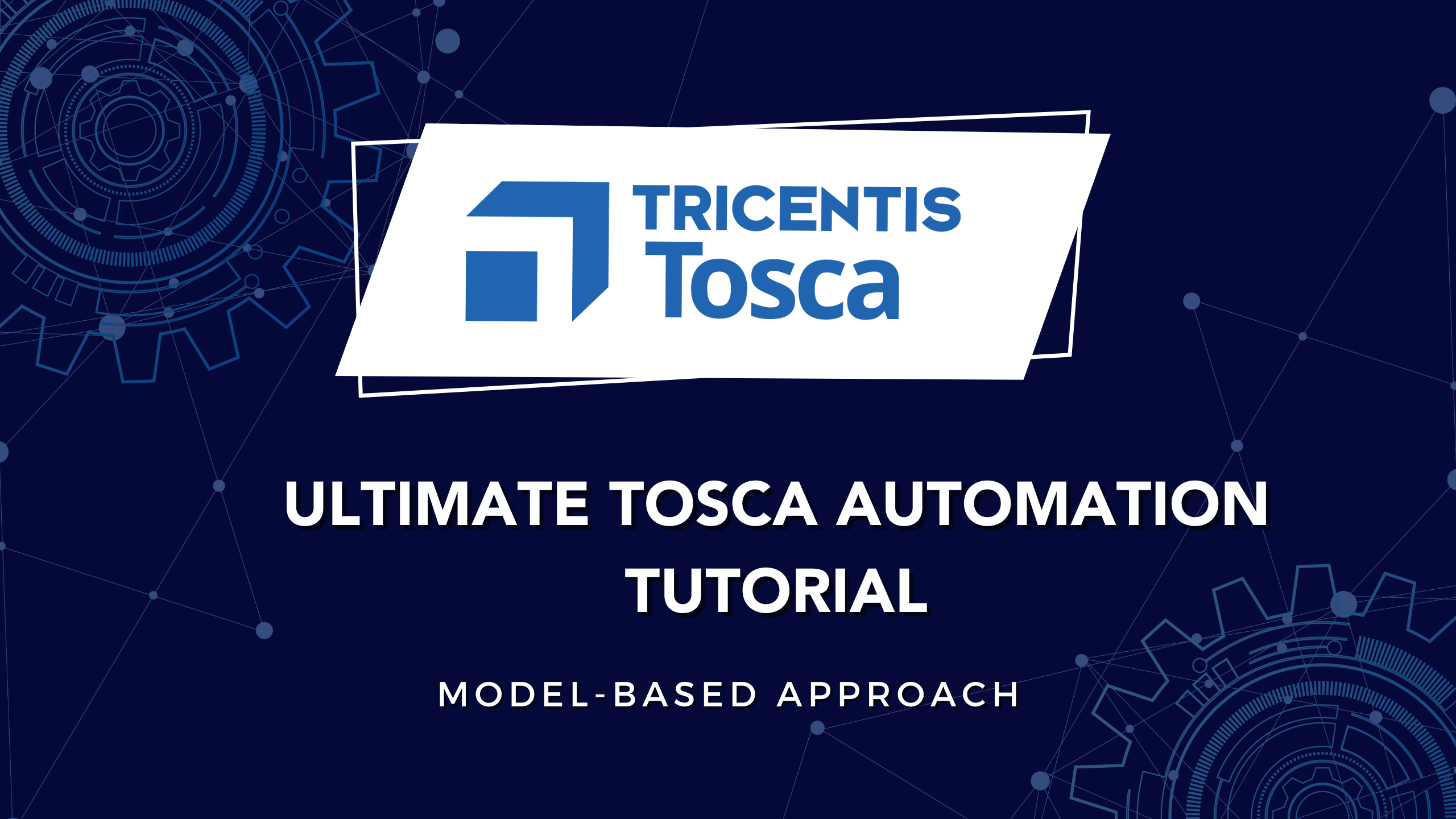

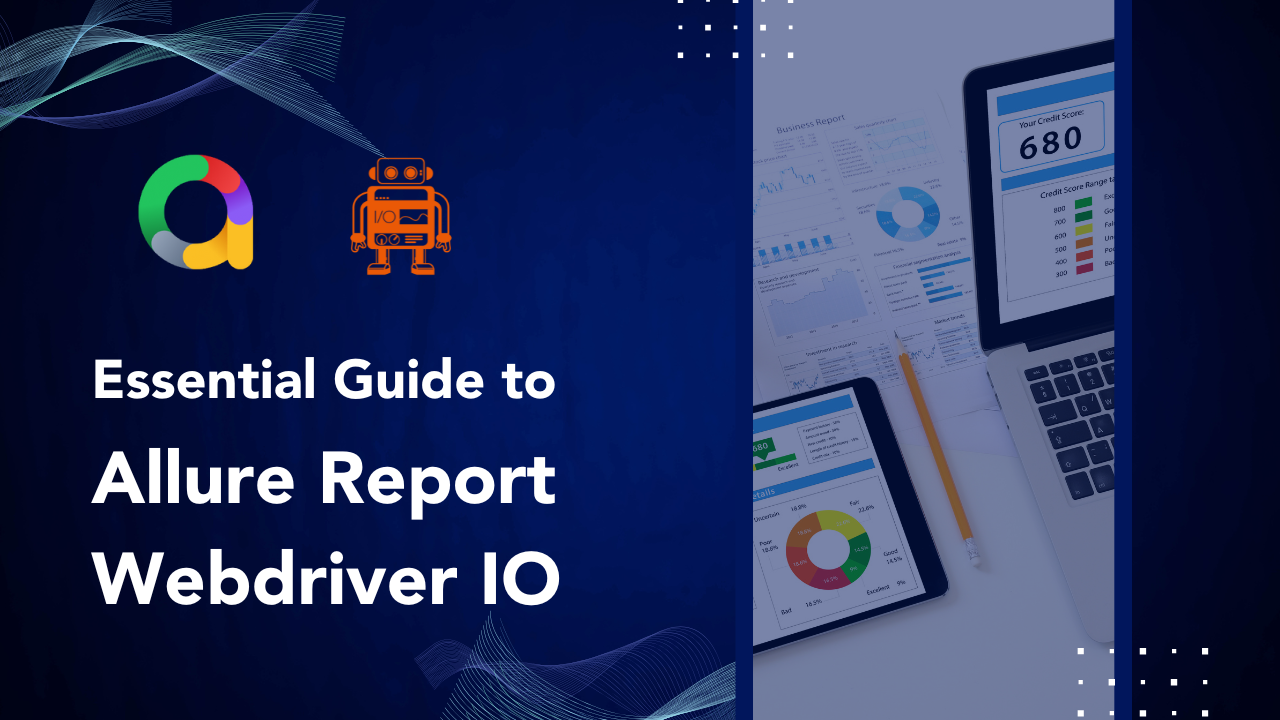
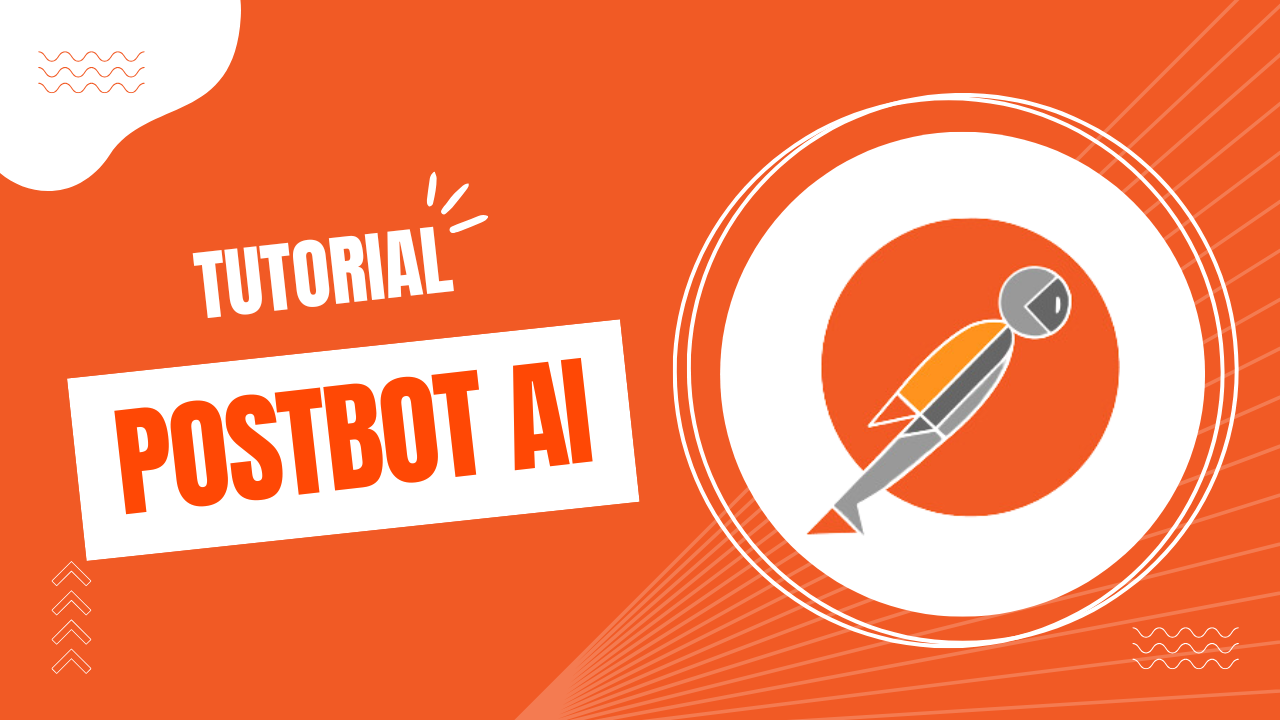














Comments(0)